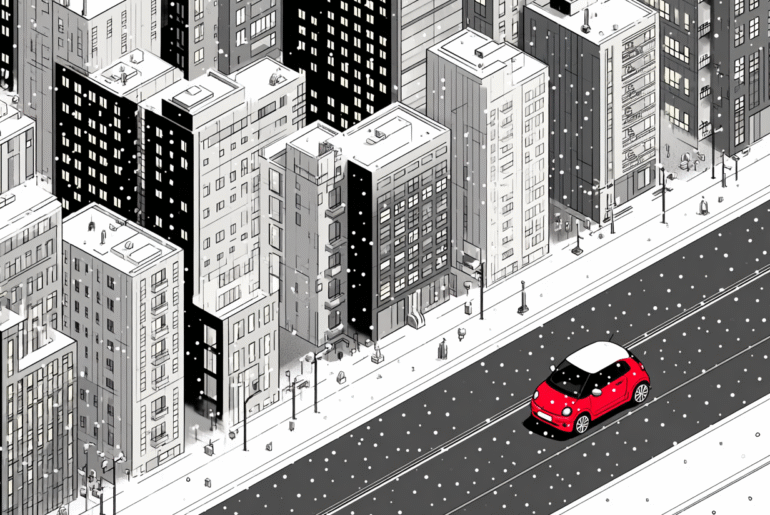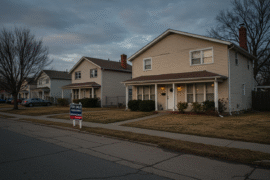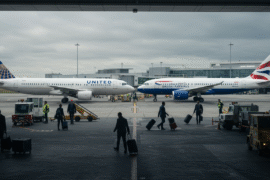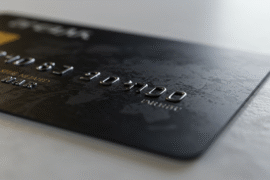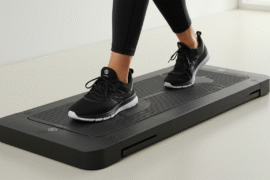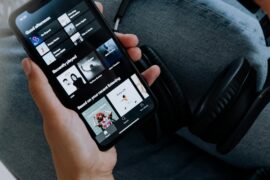This article may contain references to products or services from one or more of our advertisers or partners. We may receive compensation when you click on links to those products or services. Nonetheless, our opinions are our own.
The information presented in this article is accurate to the best of our knowledge at the time of publication. However, information is subject to change, and no guarantees are made about the continued accuracy or completeness of this content after its publication date.
Owning a car and driving everywhere has long been a cornerstone of the American way of life – but that’s starting to change. A recent StorageCafe report shows that more and more U.S. cities are embracing a car-optional lifestyle, giving residents the freedom to rely less on their vehicles and enjoy a range of new conveniences and community benefits.
Part of what’s driving this shift is cost. AAA now pegs the annual expense of owning and operating a new vehicle at more than $12,000 – a steep price for something that often spends most of its life parked. For many Americans, cutting back on car ownership means freeing up thousands for what truly matters, whether it’s better housing, travel, or simply more room in the monthly budget. Add in the perks of cleaner air, quieter streets, and the health benefits that come from walking more, and it’s easy to see why walkable, car-optional cities are capturing the nation’s attention.
What makes a city truly car-optional
The top-performing cities in the StorageCafe study, including Minneapolis, Miami, Portland, Cleveland, and New York City, share a combination of thoughtful urban design, strong public transit, walkable and bikeable streets, and policies that prioritize people over traffic. They offer dense, mixed-use neighborhoods where daily errands can be done on foot, alongside reliable transportation networks that extend mobility far beyond the city core.
Take Minneapolis, for example. Long known for its commitment to biking and pedestrian safety, the city has built and continues to expand an impressive network of bike lanes and off-street paths, complemented by a reliable public transit system that remains operational even in harsh winter months. A focus on lower speed limits and compact urban form has made walking and cycling a realistic, year-round choice.
Miami represents a surprising success story of reducing car dependency, one of the very few in Florida and across the southern US. Once defined by traffic congestion, the city has now embraced higher-density development and made significant investments in mass transit. Its downtown area and other neighborhoods have become walkable hubs where residents can live and work comfortably without using a car on a daily basis, a transformation that challenges old assumptions about car culture in the Sun Belt.
In the Midwest, Cleveland exemplifies how affordability and accessibility can be mutually beneficial. Its revitalized downtown, anchored by a solid public transit system and a growing residential base, shows that walkability isn’t just for wealthy coastal metros. Residents there enjoy the benefits of shorter commutes, affordable housing, and a sense of community fostered by active streets and public spaces.
In the Pacific Northwest, Portland, a long-time pioneer in sustainable planning, continues to set the standard for pedestrian- and bike-friendly living. The city’s decision to eliminate minimum parking requirements for buildings located near high-frequency public transit service and prioritize lower downtown speed limits has made it easier for residents to choose active or public transport over driving. Its compact neighborhoods and well-connected bus and light rail systems demonstrate how policy can support daily car-free living without sacrificing convenience.
And then there’s New York City, perhaps the ultimate example of a place where car ownership is optional rather than essential. With one of the world’s most extensive transit networks, the majority of New Yorkers commute without driving. Yet even there, investments in cycling infrastructure and pedestrian plazas show that the push toward car-optional living continues to evolve.
Other American cities making strides toward a car-optional lifestyle include Pittsburgh, PA; Salt Lake City, UT; and Buffalo and Rochester, NY.
How car-optional living improves urban life
Residents of these cities experience tangible quality-of-life improvements that go beyond convenience. Less dependence on cars means more opportunities to connect with neighbors, support local businesses, and spend time outdoors. Walking and biking naturally incorporate exercise into the day, while reduced traffic and noise levels contribute to lower stress. The social fabric of cities also strengthens when people share public spaces, from sidewalks to parks and transit stops.
Environmentally, the impact is profound. Fewer cars on the road mean lower emissions and cleaner air. Cities that embrace walkability are also better positioned to attract young professionals and families seeking vibrant, connected communities where they can live well without the financial strain of car ownership.
Voted "Best Overall Budgeting App" by Forbes and WSJ
Monarch Money helps you budget, track spending, set goals, and plan your financial future—all in one app.
Get 50% OFF your first year with code MONARCHVIP
Walk & ride cities that combine convenience and affordability
While many walkable, transit-rich cities, such as Portland or New York, are often associated with high costs of living, others are proving that convenience and affordability don’t have to be mutually exclusive. A handful of Midwestern cities are leading the way in offering residents the benefits of a car-optional lifestyle without the steep price tags found in coastal hubs.
Cleveland, OH, for instance, emerged as the most affordable among the top car-optional metros. With a median home price of around $118,000, or one-third of the national average, Cleveland demonstrates that walkability isn’t a luxury reserved for high-income households.
Similarly, Pittsburgh, PA, has leveraged its historic street grid, mixed-use redevelopment, and growing bike and bus networks to become one of the most livable and affordable walk-and-ride cities in the country.
In Buffalo, NY, a city known for its walkable core and growing investment in bike-friendly infrastructure, affordability also plays a key role in its appeal. Buffalo’s median home prices remain below the national average, making it accessible for young professionals, families, and retirees alike who value mobility and community over car ownership.
How the car-light trend impacts the real estate sector
As car-optional living becomes more prevalent, it’s reshaping how cities are built and how people utilize space. Developers in walkable, transit-oriented areas can reduce parking requirements, thereby cutting construction costs and freeing up land for more housing, green spaces, or community areas.
This shift is also influencing the self storage industry. As more people move into compact, high-density housing, they increasingly turn to off-site storage for bikes, outdoor gear, and seasonal items. In this way, the movement toward walkable cities and the rise in self storage use are connected by a common trend toward efficient urban living.

Reviewed and edited by Albert Fang.
See a typo or want to suggest an edit/revision to the content? Use the contact us form to provide feedback.
At FangWallet, we value editorial integrity and open collaboration in curating quality content for readers to enjoy. Much appreciated for the assist.
Did you like our article and find it insightful? We encourage sharing the article link with family and friends to benefit as well - better yet, sharing on social media. Thank you for the support! 🍉
Article Title: The Rise of Car-Optional Cities – and What It Means for Your Lifestyle and Wallet
https://fangwallet.com/2025/11/15/the-rise-of-car-optional-cities/The FangWallet Promise
FangWallet is an editorially independent resource - founded on breaking down challenging financial concepts for anyone to understand since 2014. While we adhere to editorial integrity, note that this post may contain references to products from our partners.
The FangWallet promise is always to have your best interest in mind and be transparent and honest about the financial picture.
Become an Insider
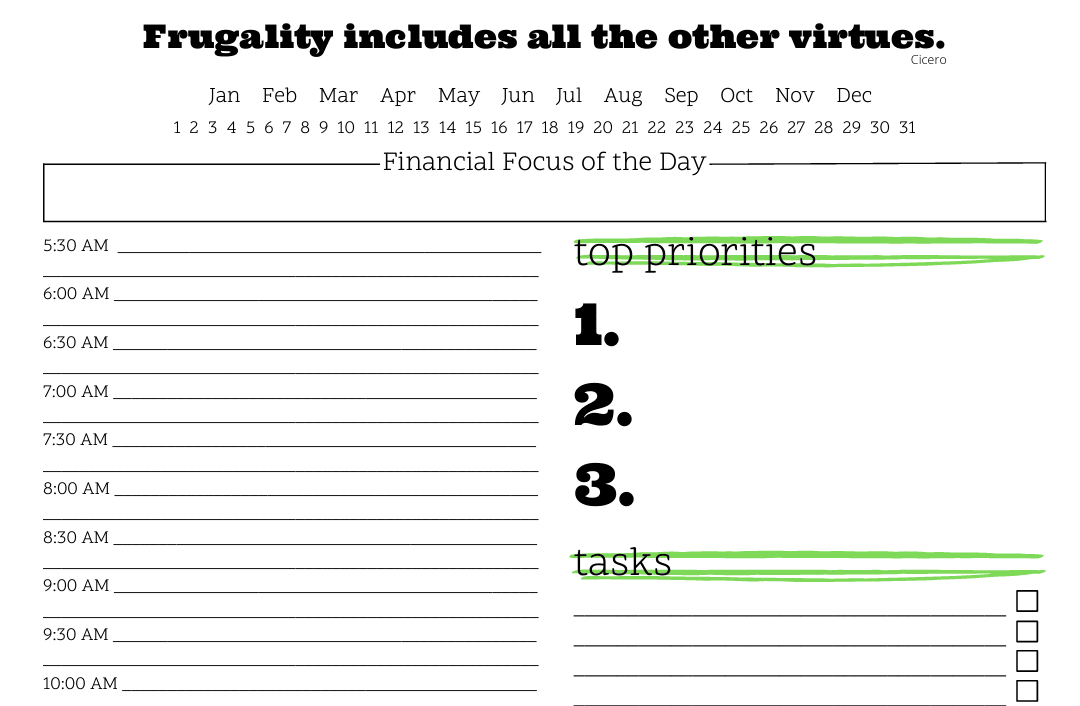
Subscribe to get a free daily budget planner printable to help get your money on track!
Make passive money the right way. No spam.
Editorial Disclaimer: The editorial content on this page is not provided by any of the companies mentioned. The opinions expressed here are the author's alone.
The content of this website is for informational purposes only and does not represent investment advice, or an offer or solicitation to buy or sell any security, investment, or product. Investors are encouraged to do their own due diligence, and, if necessary, consult professional advising before making any investment decisions. Investing involves a high degree of risk, and financial losses may occur including the potential loss of principal.
Source Citation References:
+ Inspo
There are no additional citations or references to note for this article at this time.
